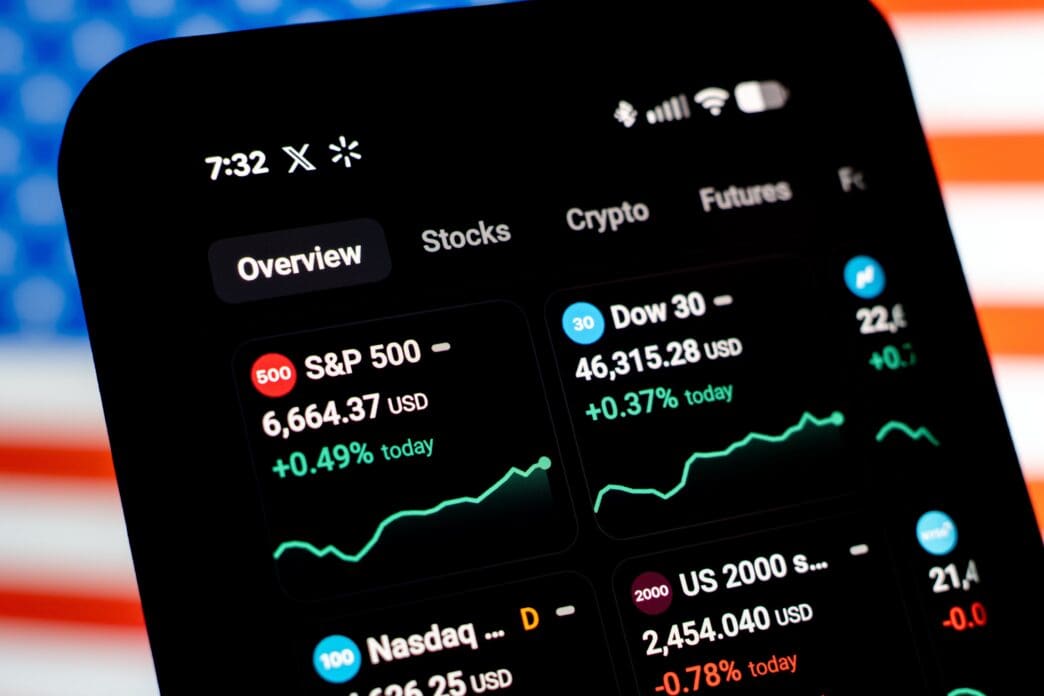Executive Summary
The Story So Far
Why This Matters
Who Thinks What?
The S&P 500 stock market index has reached a new record high, fueled by robust performance in technology and artificial intelligence sectors. This surge, reflecting a 17% year-to-date gain as of November 2, 2025, has prompted investors to evaluate the Vanguard S&P 500 ETF (VOO) as a cost-effective vehicle to track the index, despite current elevated valuations.
Market Performance and Composition
The S&P 500, which comprises 500 companies across 11 economic sectors, has historically delivered a compound annual return of 10.5% since its inception in 1957. Its recent ascent is significantly above this long-term average, underscoring a period of accelerated growth.
Powerful technological trends, particularly in artificial intelligence, are identified as primary drivers of this market momentum. Companies such as Nvidia, Microsoft, and Apple, collectively valued at $12.9 trillion, are major contributors to the index’s performance, given their substantial market capitalization.
The Vanguard S&P 500 ETF (VOO)
The Vanguard S&P 500 ETF (VOO) offers investors a direct way to mirror the index’s performance by investing in the same underlying stocks with similar weightings. This exchange-traded fund is noted for its low expense ratio of 0.03%, making it a cost-effective option for broad market exposure.
Sectoral Diversification and Influence
While the S&P 500 is diversified across various industries, information technology holds the largest sector weighting at 35.6% as of October 27, 2025. Other significant sectors include financials (13%), consumer discretionary (10.4%), communication services (10.2%), and healthcare (9.1%), though technology’s influence on overall returns remains prominent.
Historical Volatility and Investment Strategy
Historically, the S&P 500 has demonstrated a long-term upward trend, even amidst regular market fluctuations. Data suggests the index experiences an average annual decline of at least 5% once per year, with 10% corrections occurring roughly every two-and-a-half years, and bear markets (defined as 20% declines) approximately every six years. The last bear market concluded in 2022.
However, the current valuation of the S&P 500 is described as “unquestionably expensive,” which could lead to a period of below-average performance. For long-term investors, a strategic approach might involve starting with a smaller investment in VOO and consistently adding to it over time to mitigate risks associated with high entry prices, according to analysis by Anthony Di Pizio.
Investment Outlook
The S&P 500’s record-setting performance, largely propelled by the technology sector and AI advancements, presents a nuanced investment landscape. While the Vanguard S&P 500 ETF offers a diversified and low-cost entry point, investors are advised to consider the current high valuations and potentially adopt a phased investment strategy.







